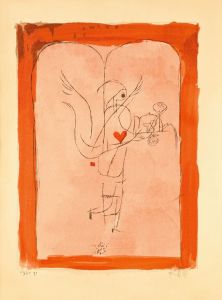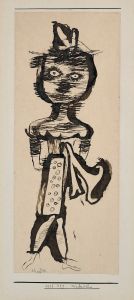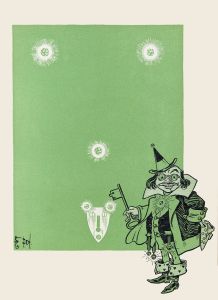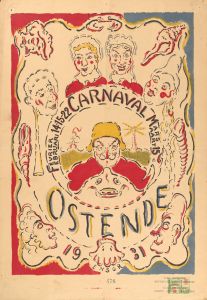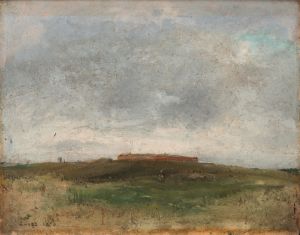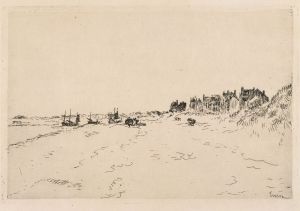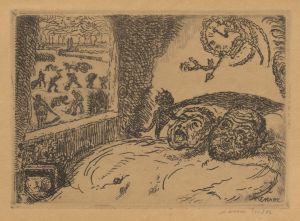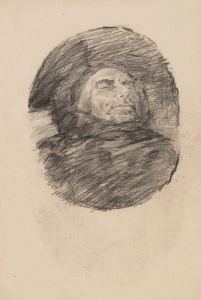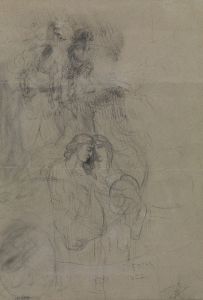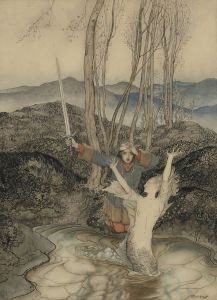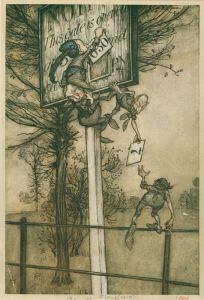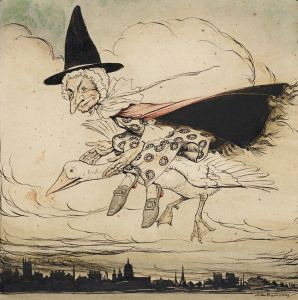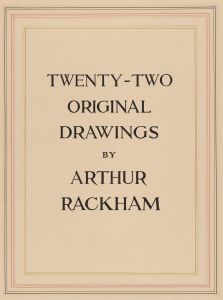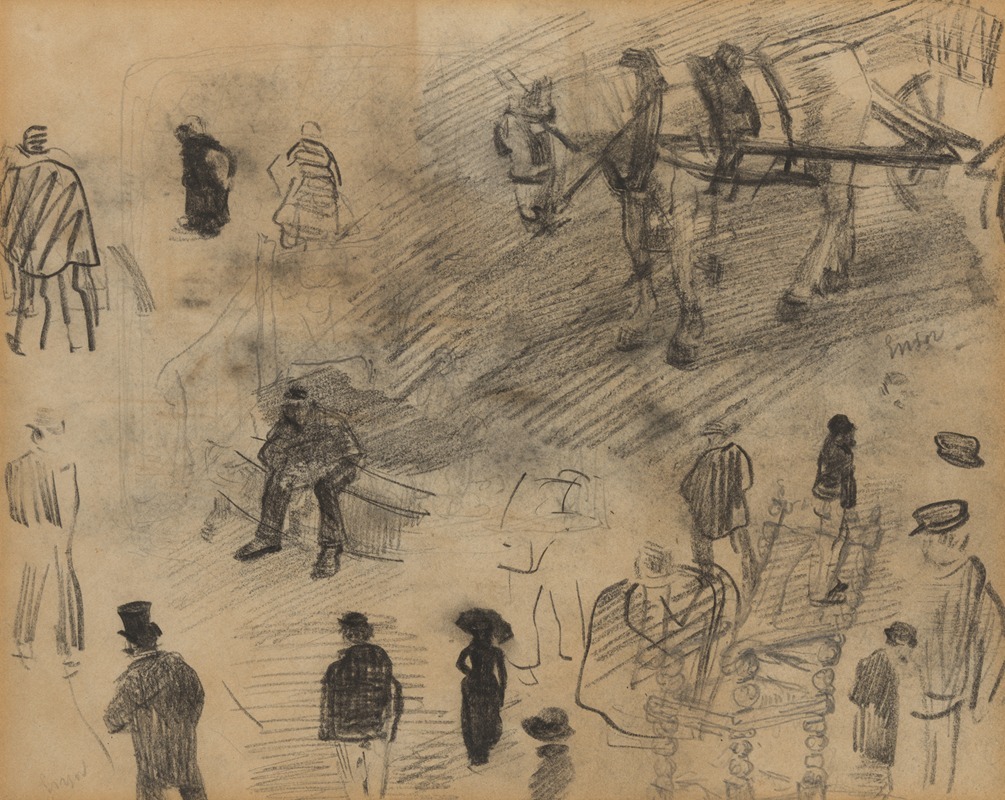
Wit paard, stoel en figuren
A hand-painted replica of James Ensor’s masterpiece Wit paard, stoel en figuren, meticulously crafted by professional artists to capture the true essence of the original. Each piece is created with museum-quality canvas and rare mineral pigments, carefully painted by experienced artists with delicate brushstrokes and rich, layered colors to perfectly recreate the texture of the original artwork. Unlike machine-printed reproductions, this hand-painted version brings the painting to life, infused with the artist’s emotions and skill in every stroke. Whether for personal collection or home decoration, it instantly elevates the artistic atmosphere of any space.
James Ensor, a Belgian painter and printmaker, is known for his unique and often surreal style that combines elements of realism and fantasy. One of his notable works is "Wit paard, stoel en figuren" (translated as "White Horse, Chair, and Figures"). Ensor was a prominent figure in the late 19th and early 20th centuries, and his work played a significant role in the development of Expressionism and Surrealism.
"Wit paard, stoel en figuren" is a painting that exemplifies Ensor's distinctive approach to art. The painting features a white horse, a chair, and several figures, arranged in a composition that challenges traditional perspectives and invites viewers to explore the deeper meanings behind the imagery. Ensor's use of vibrant colors and bold brushstrokes creates a dynamic and somewhat chaotic scene, which is characteristic of his style.
Ensor was born in Ostend, Belgium, in 1860, and he spent most of his life in this coastal city. His early works were influenced by the academic art traditions of the time, but he soon developed his own unique style that set him apart from his contemporaries. Ensor's fascination with masks, skeletons, and fantastical scenes is evident in many of his works, including "Wit paard, stoel en figuren."
The painting reflects Ensor's interest in the grotesque and the absurd, themes that he often explored in his art. The white horse in the painting can be seen as a symbol of purity or innocence, while the chair and figures add an element of mystery and intrigue. Ensor's ability to blend reality with fantasy allows viewers to interpret the painting in various ways, making it a compelling piece of art.
Ensor's work was not always well-received during his lifetime. Many critics and art institutions found his style too unconventional and difficult to categorize. However, he continued to create and exhibit his work, gaining a small but dedicated following. It was not until later in his life that Ensor received broader recognition for his contributions to modern art.
In addition to painting, Ensor was also an accomplished printmaker. He produced a significant body of work in etching and lithography, further showcasing his versatility as an artist. His prints often feature the same themes and motifs found in his paintings, including the use of masks and fantastical elements.
James Ensor passed away in 1949, but his legacy lives on through his influential body of work. "Wit paard, stoel en figuren" remains an important example of his artistic vision and continues to be studied and appreciated by art historians and enthusiasts alike. Ensor's ability to merge the real with the surreal has left a lasting impact on the art world, and his work continues to inspire new generations of artists.





